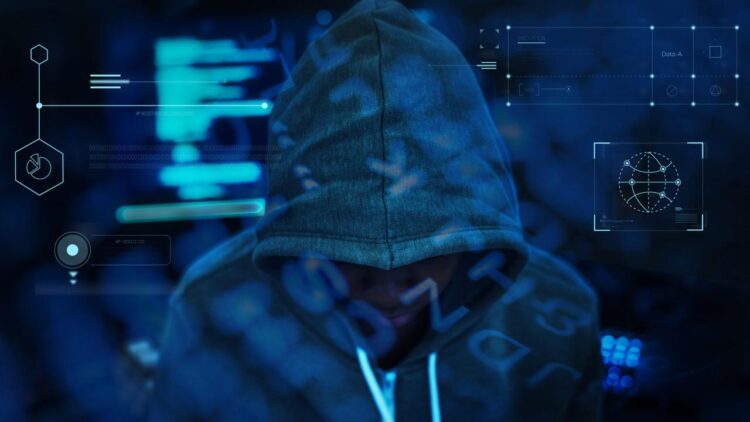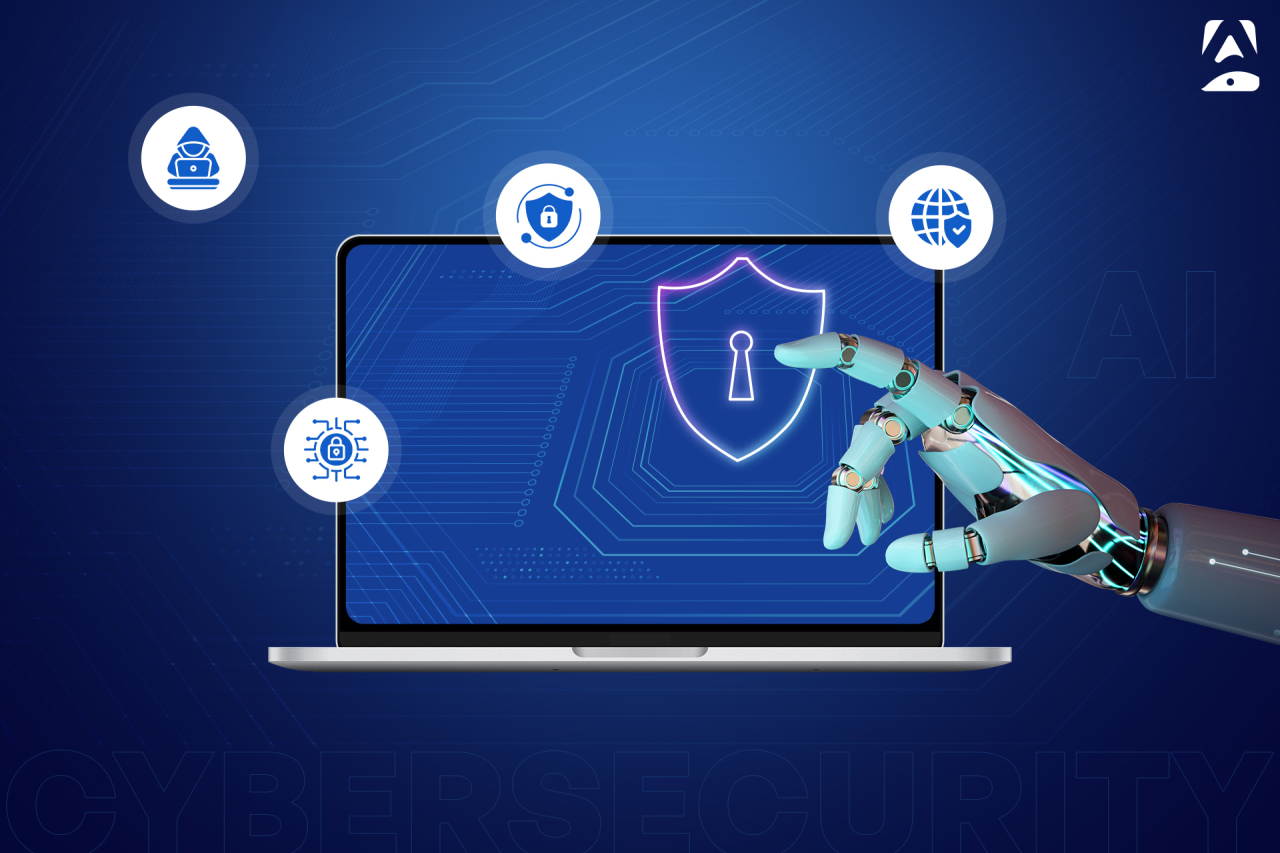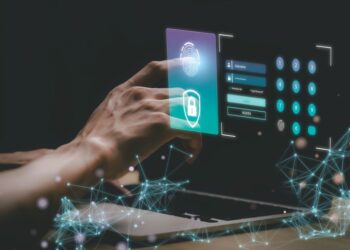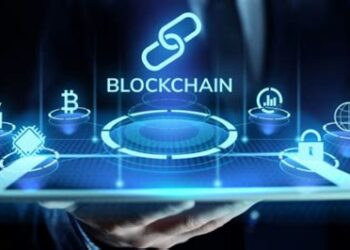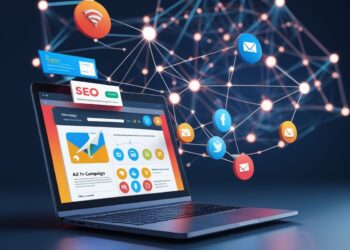Understanding Cybersecurity in a Hyperconnected World
As the digital world continues to expand at a rapid pace, cybersecurity has transformed from a technical niche into a global concern impacting governments, businesses, and individuals alike. With billions of connected devices and an ever-increasing dependency on digital infrastructure, the risk of cyber threats has grown significantly. From phishing scams to ransomware attacks, the digital age brings not only convenience and speed but also unprecedented levels of vulnerability.
In this comprehensive guide, we will delve into the biggest cybersecurity challenges we face today. We’ll explore how they affect different sectors, identify what causes them, and offer insights into how these challenges can be mitigated. Whether you’re an IT professional, business owner, or everyday internet user, this article will help you understand and prepare for the digital dangers lurking in cyberspace.
The Rise of Cyber Threats in the Digital Age
Over the last two decades, the internet has revolutionized the way we work, communicate, and do business. But with this rapid digitalization comes an ever-growing list of cyber risks. Cybercriminals are constantly evolving their tactics, often outpacing security measures. Attacks have become more sophisticated, targeted, and destructive, making traditional security systems inadequate in many cases.
Key Drivers Behind Cybersecurity Threats
A. Increased Connectivity
With the Internet of Things (IoT), cloud computing, and mobile applications, we’re more connected than ever. Each connection point creates an additional potential vulnerability that attackers can exploit.
B. Growing Amount of Sensitive Data
Organizations store vast amounts of personal and financial information. This makes them lucrative targets for cybercriminals looking to steal or sell data.
C. Lack of Awareness
Many users still don’t understand basic cybersecurity practices. Weak passwords, phishing susceptibility, and outdated software make it easy for attackers to infiltrate systems.
D. Insider Threats
Employees, contractors, or partners can unintentionally or maliciously compromise internal systems, leading to data breaches or system failures.
Top Cybersecurity Challenges in the Modern Era
A. Phishing and Social Engineering Attacks
Phishing is one of the most common and effective cyber threats today. It involves tricking individuals into revealing sensitive information by pretending to be a trustworthy entity.
Types of phishing include:
-
Email Phishing: Fake emails prompting users to click malicious links or download malware.
-
Spear Phishing: Targeted emails crafted specifically for an individual or organization.
-
Smishing: Phishing via SMS text messages.
-
Vishing: Voice phishing through phone calls pretending to be from official institutions.
These attacks exploit human psychology rather than technical vulnerabilities, making them harder to defend against.
B. Ransomware Attacks
Ransomware is a type of malware that encrypts the victim’s data, demanding payment (usually in cryptocurrency) to restore access. These attacks can cripple businesses and governments alike.
Recent high-profile ransomware attacks include:
-
The Colonial Pipeline attack, which halted fuel supply across the U.S. East Coast.
-
Attacks on hospitals, disrupting critical healthcare services.
-
Strikes on schools and universities, leading to massive data loss.
C. Cloud Security Concerns
While cloud computing offers scalability and cost savings, it also introduces new security risks.
Common cloud vulnerabilities:
-
Misconfigured cloud storage buckets.
-
Insecure APIs and interfaces.
-
Lack of proper access control and identity management.
-
Insider misuse of cloud resources.
As organizations increasingly shift their operations to the cloud, ensuring robust cloud security becomes crucial.
D. Internet of Things (IoT) Vulnerabilities
IoT devices like smart cameras, thermostats, and even medical equipment are often rushed to market with minimal security. These devices typically lack encryption, strong passwords, or regular software updates.
Risks associated with IoT devices include:
-
Unauthorized access or spying.
-
Botnets like Mirai hijacking IoT devices to launch massive DDoS attacks.
-
Weak default credentials enabling easy exploitation.
E. Data Breaches and Identity Theft
Data breaches expose sensitive personal, financial, or corporate data to the public or black market. Stolen data is often sold on the dark web, leading to identity theft and financial fraud.
Major causes of data breaches:
-
Weak passwords and poor access controls.
-
Human error or accidental sharing of data.
-
Outdated software or unpatched systems.
-
Insider leaks.
F. Advanced Persistent Threats (APTs)
APTs are long-term, targeted attacks often initiated by nation-states or well-funded cybercriminal groups. They stealthily infiltrate networks to gather intelligence or sabotage systems.
APTs typically involve:
-
Multiple attack vectors over time.
-
Use of zero-day vulnerabilities.
-
Social engineering to gain initial access.
-
Lateral movement within networks to avoid detection.
Impact of Cybersecurity Breaches on Organizations
Cyberattacks can have devastating consequences that go far beyond IT systems.
Effects include:
A. Financial Losses
From paying ransoms to recovering systems, costs can reach millions of dollars. Regulatory fines and legal fees can further escalate losses.
B. Reputation Damage
Consumers and partners lose trust in businesses that suffer security breaches. This can lead to reduced sales, customer churn, and long-term brand damage.
C. Operational Disruption
Many cyberattacks force companies to shut down operations, sometimes for days or weeks. This directly impacts productivity and revenue.
D. Legal and Regulatory Penalties
Laws like the GDPR and CCPA impose strict data protection regulations. Non-compliance can lead to significant fines.
How to Protect Against Modern Cyber Threats
Cybersecurity is not a one-size-fits-all solution. A multi-layered approach combining technology, processes, and awareness is essential.
A. Implement Strong Password Policies
Passwords should be long, complex, and unique. Consider using a password manager to keep track of them securely.
Best practices:
-
Use a combination of letters, numbers, and special characters.
-
Avoid reusing passwords across sites.
-
Enable multi-factor authentication wherever possible.
B. Keep Software and Systems Updated
Regular updates patch known vulnerabilities. Delaying updates can leave systems exposed to exploitation.
Tips:
-
Enable automatic updates.
-
Regularly audit all software for outdated versions.
-
Monitor for new security patches from vendors.
C. Educate Employees and Users
Cybersecurity awareness training helps people recognize and avoid scams, phishing, and unsafe online behavior.
Training topics include:
-
Identifying phishing attempts.
-
Safe browsing habits.
-
Securing mobile and IoT devices.
-
Reporting suspicious activity.
D. Use Firewalls and Antivirus Software
These tools provide essential layers of protection against unauthorized access and malware.
Suggestions:
-
Use both hardware and software firewalls.
-
Install reputable antivirus programs.
-
Regularly scan systems for threats.
E. Backup Data Regularly
Backing up critical data ensures you can recover in the event of a ransomware attack or hardware failure.
Backup tips:
-
Automate daily backups.
-
Store copies both onsite and offsite (or in the cloud).
-
Test backups regularly for integrity.
F. Secure the Cloud Environment
As more businesses move to cloud platforms, it’s crucial to configure security settings properly.
Cloud security steps:
-
Use identity and access management (IAM).
-
Encrypt data both in transit and at rest.
-
Monitor activity logs and set up alerts.
The Role of Governments and Regulations
Governments across the globe are implementing cybersecurity frameworks to protect national infrastructure and citizen data.
Notable regulations include:
A. General Data Protection Regulation (GDPR) – European Union
Mandates strict controls over personal data handling.
B. California Consumer Privacy Act (CCPA) – United States
Gives consumers more control over how their data is used.
C. Cybersecurity Maturity Model Certification (CMMC) – United States
Ensures defense contractors meet cybersecurity requirements.
D. National Institute of Standards and Technology (NIST) Framework
Widely used for improving critical infrastructure cybersecurity.
Future of Cybersecurity: What Lies Ahead?
The cybersecurity landscape will continue to evolve alongside technology. Artificial intelligence (AI), quantum computing, and 5G networks will introduce new opportunities—and new risks.
Predictions for the future:
A. AI-Powered Threats and Defenses
AI can both aid attackers and defenders. While it allows for faster detection of anomalies, it also enables more sophisticated attacks.
B. Cybersecurity Skills Shortage
There is a growing gap in qualified cybersecurity professionals, making it harder to defend against increasing threats.
C. Increased Use of Zero Trust Architecture
This model assumes no user or system is trustworthy by default, offering tighter access controls and monitoring.
D. Greater Focus on Privacy-by-Design
Products and platforms will increasingly integrate privacy and security features from the ground up.
Conclusion
In today’s digitally dominated world, cybersecurity is no longer optional—it’s a critical necessity. As cyber threats grow in sophistication and scale, everyone from individuals to multinational corporations must take proactive steps to secure their digital assets.
Building resilience against cyber attacks requires awareness, constant vigilance, and investment in the right technologies. By adopting a holistic approach to cybersecurity and staying updated on emerging threats, we can create a safer digital environment for all.
Whether you’re a business leader, IT expert, or casual internet user, understanding these challenges and acting accordingly is the first step toward digital safety in an increasingly connected world.

